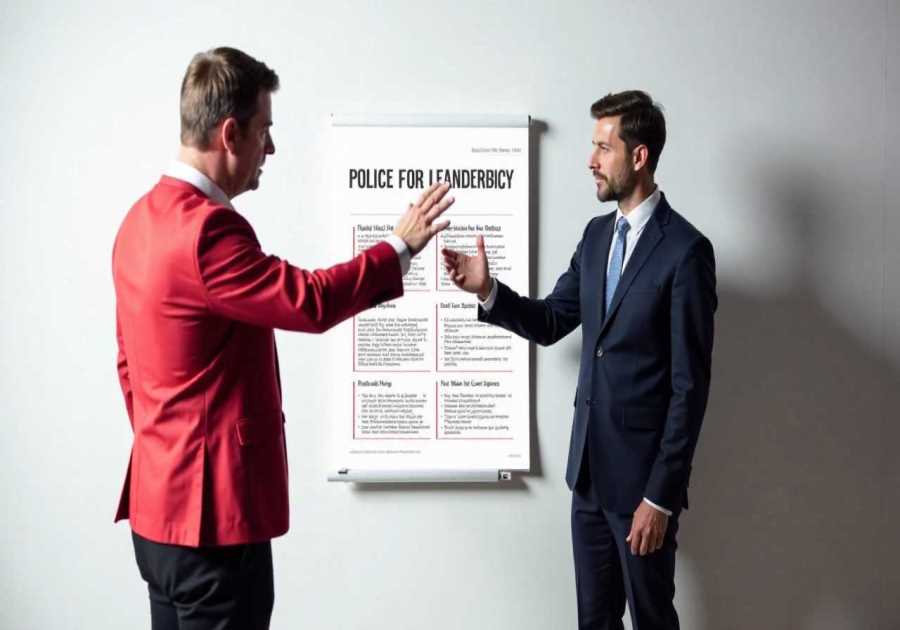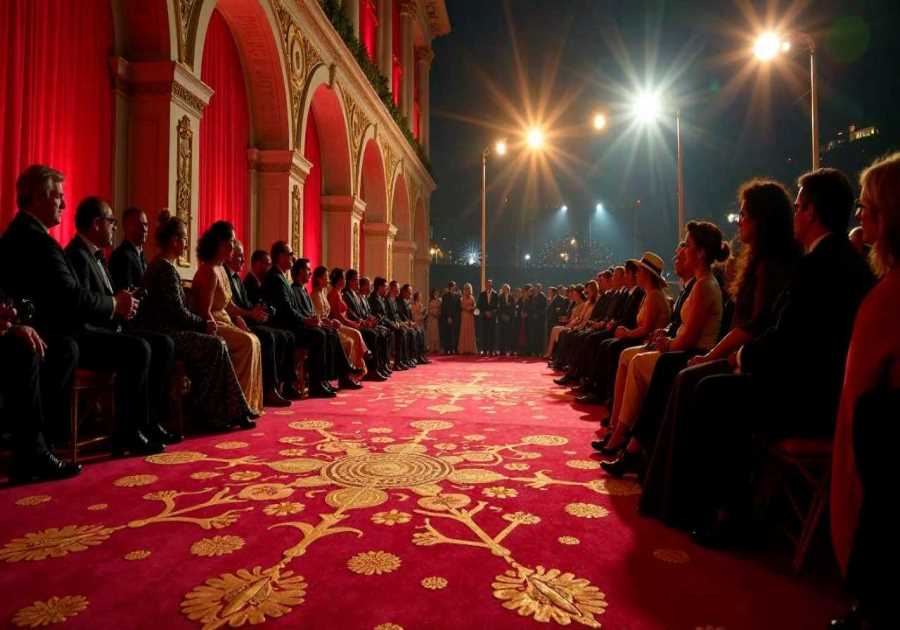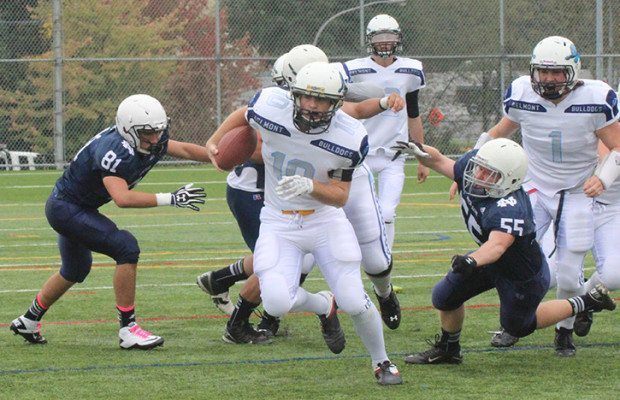
In the world of football, understanding the intricacies of the game is essential for players, coaches, and fans alike. This article delves into ten crucial rules that shape the sport, focusing specifically on the relationship between goals and midfielders.
Through an objective and analytical lens, we will explore the nuances of scoring, offside, penalties, corners, free-kicks, red cards, fouls, tackles, and the pivotal role midfielders play in the game.
Get ready to delve into the heart of the beautiful game and gain a deeper appreciation for its intricacies.
Goals
There are five fundamental rules that govern the role of goals in football.
One of these rules pertains specifically to the midfielder's role and the scoring techniques they employ.
Midfielders play a crucial role in a football team, as they are responsible for creating opportunities and distributing the ball to the forwards.
When it comes to scoring goals, midfielders must possess a combination of technical skills and tactical awareness.
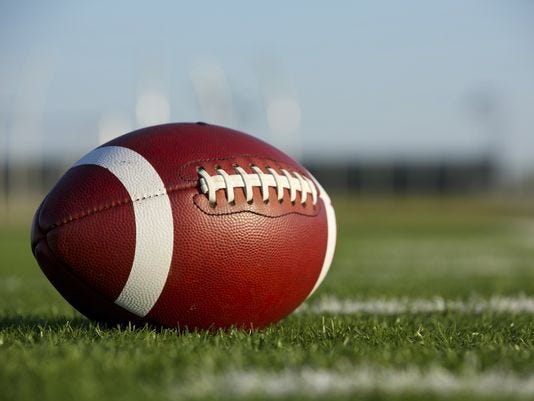
They should be able to accurately pass the ball, make incisive runs into the attacking third, and have a good understanding of when to shoot or when to provide an assist.
Additionally, midfielders must also be adept at positioning themselves in the right areas of the field to maximize their chances of scoring.
Offside
Midfielders must be aware of the offside rule, as it frequently comes into play during their involvement in the game of football. Understanding offside tactics is crucial for midfielders to effectively contribute to their team's attacking plays.
Offside occurs when an attacking player is closer to the opponent's goal line than both the ball and the second-to-last defender when the ball is played to them. This rule aims to prevent goal-hanging and maintain fairness in the game.
However, offside rule controversies often arise due to the subjective nature of determining an offside position. VAR technology has been introduced to assist referees in making more accurate decisions, but debates continue to surround close offside calls.
Midfielders must navigate these complexities to maintain their team's advantage and avoid costly offside mistakes.
Penalty
One rule that midfielders must be familiar with, continuing the discussion from the previous subtopic, is the penalty rule. Penalty kicks are awarded to a team when a foul is committed by an opponent inside their own penalty area.
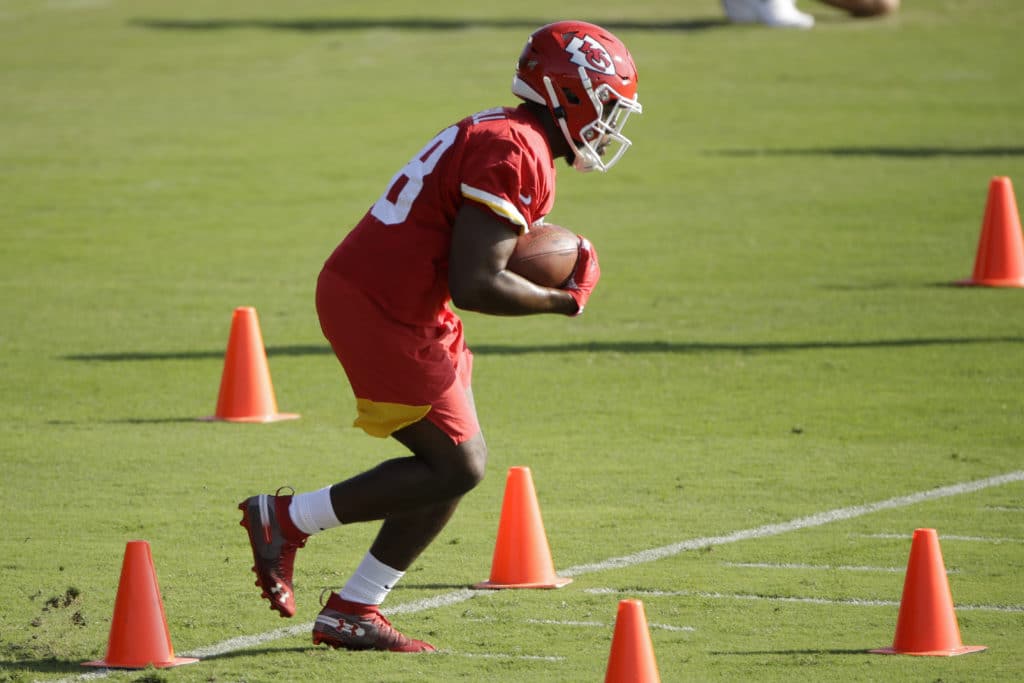
The penalty shootout, on the other hand, is a method used to determine the winner of a match when the score is tied after regular playing time and extra time. Penalty kick accuracy is crucial during these shootout situations, as it can determine the outcome of the game.
Midfielders, being in the heart of the action, play a crucial role in penalty kicks. Their ability to provide accurate passes and create scoring opportunities can greatly impact the success rate of penalty kicks. Therefore, midfielders must possess the technical skills and composure to contribute effectively during penalty situations.
Corner
Continuing the discussion from the previous subtopic on penalty, another crucial rule that midfielders must be well-versed in is the concept of corner kicks.
Corner kicks are awarded to the attacking team when the defending team is the last to touch the ball before it goes out of play behind their own goal line. These set-piece opportunities can be highly advantageous for the attacking team, as they provide a chance to create scoring opportunities.
On the defensive side, midfielders play a crucial role in defending corner kicks. They must be positioned strategically to mark opposing players and prevent them from scoring. Additionally, midfielders need to be aware of their defensive responsibilities, including clearing the ball or assisting their teammates in winning possession.
Free-Kick
When it comes to defending free-kicks effectively, teams must prioritize organization and communication. Maintaining a well-structured defensive line and assigning specific marking responsibilities can help minimize the opposition's scoring opportunities.
On the attacking side, teams should focus on utilizing set-piece routines, employing strategic positioning and movement to create scoring chances from free-kicks.
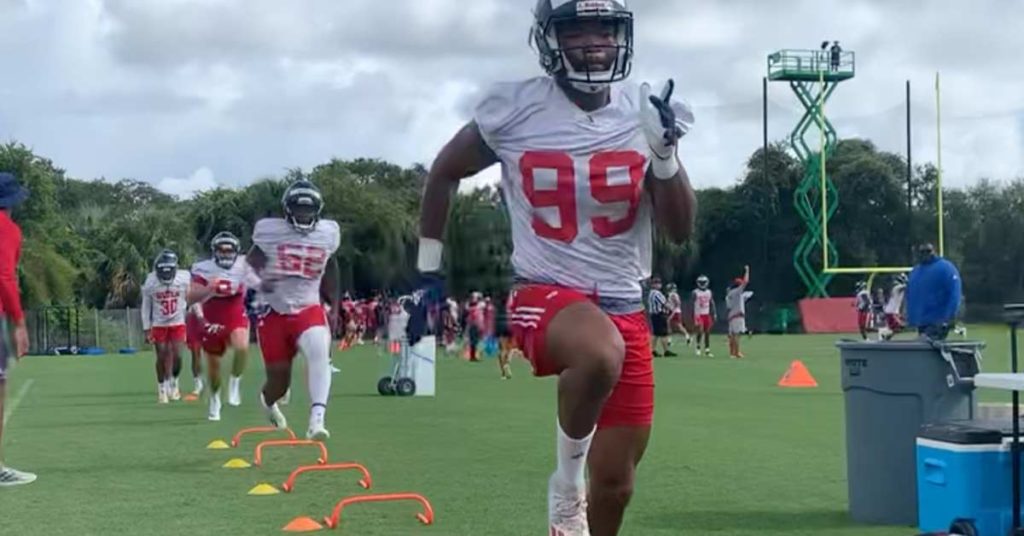
Defending Free-Kicks Effectively
To effectively defend free-kicks, it is crucial to employ tactical positioning and strong communication amongst the defensive players.
One of the key strategies is the formation of a defensive wall, consisting of players who create a barrier to block the path of the ball.
The positioning of this wall is vital, as it should be positioned near the goal, but not too close to allow for the goalkeeper's movement.
Additionally, the defensive players must communicate effectively to ensure everyone understands their roles and responsibilities.
This includes directing teammates to mark specific opponents or areas, as well as coordinating movements to anticipate the trajectory of the ball.
Attacking From Free-Kicks
Building on effective defensive strategies, attacking from free-kicks requires precision in execution and strategic positioning by the offensive players. Attacking strategies during set pieces can significantly impact a team's chances of scoring goals. When a team is awarded a free-kick, they have the opportunity to create a goal-scoring opportunity from a dead ball situation.
To maximize their chances, offensive players must employ various tactics. These include creating space in the opponent's defensive wall, making decoy runs to confuse defenders, and positioning players strategically to receive the ball in dangerous areas. Additionally, players should be aware of the goalkeeper's positioning and exploit any gaps in the defensive line.
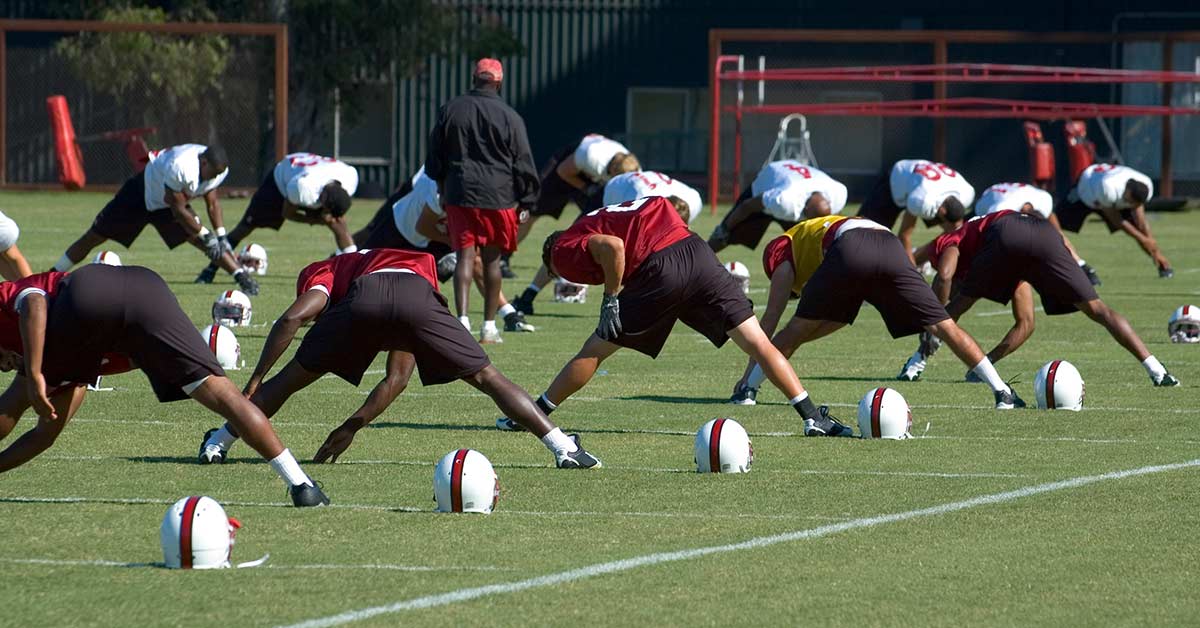
Yellow Card
The yellow card in football serves as a warning for player misconduct, signaling to both the player and the team that their behavior is unacceptable. It is a disciplinary measure that can result in a temporary suspension for the player.
Additionally, accumulated yellow cards can lead to further consequences, such as a player being suspended for multiple matches.
The yellow card system aims to maintain fair play and discourage unsportsmanlike conduct on the field.
Warning for Misconduct
A warning for misconduct, commonly known as a yellow card, is a disciplinary action in football. It serves as a cautionary measure to players who exhibit unsporting behavior or engage in misconduct during a match. The yellow card is a significant tool used by referees to maintain the integrity of the game and ensure fair play.
Here are three key points to consider about the warning for misconduct:
- Fairness: The yellow card aims to promote fairness by penalizing players who commit unsporting behavior. It acts as a deterrent, reminding players to adhere to the rules and regulations of the game.
- Consequences: Receiving a yellow card carries consequences for the player and their team. Accumulating multiple yellow cards can lead to suspensions, impacting both individual players and their team's performance.
- Impact on the game: The issuing of a yellow card can have a significant impact on the flow of the game. It can result in a temporary numerical disadvantage for the cautioned team, altering the dynamics and strategies employed by both teams.
Temporary Player Suspension
Temporary player suspension is a consequential outcome of receiving a yellow card during a football match. When a player is shown a yellow card, they are temporarily suspended from participating in the match. This temporary suspension serves as a warning and a deterrent for players to adhere to the fair play guidelines set forth in the sport.
It allows the referee to maintain control over the game and ensure that the match is played in a safe and fair manner. The temporary player substitution also provides an opportunity for teams to reorganize their tactics and make necessary adjustments.
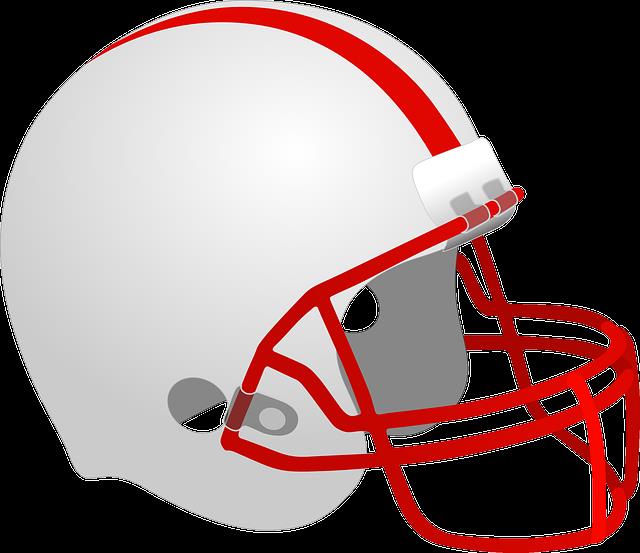
Accumulated Yellow Cards
When a player accumulates a certain number of yellow cards throughout a football season, it can result in disciplinary action. The accumulation of yellow cards serves as a warning system to deter players from engaging in unsporting behavior on the field.
Here are three key points to understand about accumulated yellow cards:
- Threshold: Each league or competition may have its own threshold for the accumulation of yellow cards that triggers disciplinary action. Typically, a player will face consequences after receiving a certain number of yellow cards.
- Consequences: Disciplinary action for accumulated yellow cards can range from fines to suspensions. The severity of the punishment depends on the number of yellow cards accumulated and the specific regulations of the league or competition.
- Reset Period: In some competitions, accumulated yellow cards may reset after a certain period, such as at the end of a season or the halfway point. This allows players to start with a clean slate and avoid carrying a potential suspension throughout the entire season.
It is important for players to exercise discipline and sportsmanship to avoid the repercussions of accumulated yellow cards and maintain their freedom on the field.
Red Card
How does a red card impact a football match?
A red card is a disciplinary measure that can significantly alter the course of a game. When a player receives a red card, it means they have committed a serious offense and must leave the field immediately.
The consequences of a red card are severe, as the team with the dismissed player is reduced to 10 players for the remainder of the match. This numerical disadvantage can disrupt the team's game plan and put them under immense pressure.
Additionally, the team may have to make tactical adjustments to compensate for the missing player, which can further affect their performance. In comparison to a yellow card, a red card carries more severe penalties and can have a greater impact on the outcome of a match.
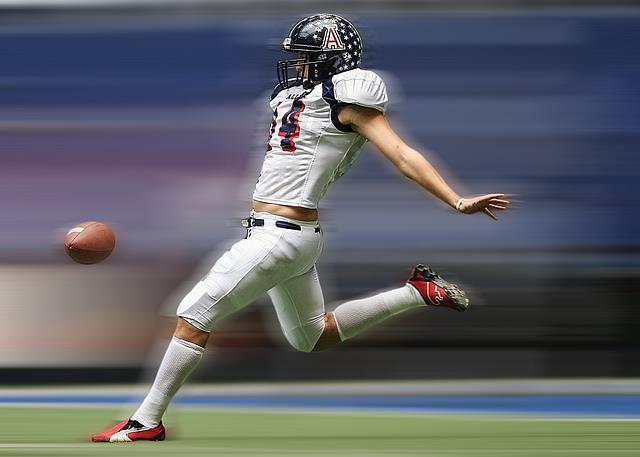
Foul
Fouls in football have significant consequences for both the player committing the foul and the opposing team. A foul can result in a free kick, penalty kick, or even a yellow or red card depending on the severity of the offense.
It is crucial to differentiate between a foul and a fair tackle, as this distinction determines the outcome of the game and the players' safety on the field.
Foul Play Consequences
The repercussions for foul play in football can result in penalties and disciplinary actions. Referees play a crucial role in determining the consequences of foul play through their decisions on the field.
Here are three key aspects to consider when it comes to foul play consequences:
- Penalties: When a player commits a foul, the opposing team is awarded a free kick or a penalty kick, depending on the severity and location of the foul. This can greatly impact the flow and outcome of the game.
- Yellow and Red Cards: Referees have the authority to caution players with a yellow card for minor offenses, while more serious infractions can lead to a player receiving a red card. A red card results in the player being sent off the field and facing suspension for subsequent games.
- Player Suspensions: Depending on the severity of the foul, players may face additional suspensions beyond the immediate red card. This can impact not only the player individually but also the team's performance in future matches.
Understanding the consequences of foul play is essential for players, coaches, and fans alike, as it helps maintain the fairness and integrity of the game.
Foul Vs. Fair Tackle
Continuing the discussion on foul play consequences, an essential aspect to consider is the distinction between a foul and a fair tackle.
In the game of football, fair tackle techniques are crucial for maintaining the integrity of the sport and ensuring the safety of players. A fair tackle involves making a clean and controlled contact with the ball, while avoiding any excessive force or endangerment to the opponent.
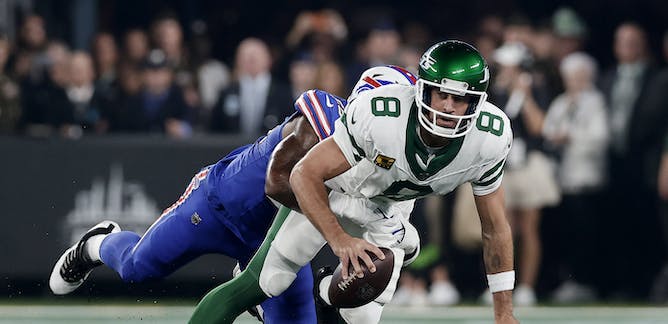
The consequences of unfair tackles, on the other hand, can be severe. Unfair tackles often result in penalties, such as free kicks or penalty kicks, and can even lead to disciplinary actions, such as yellow or red cards.
Moreover, unfair tackles can cause serious injuries to players, affecting their performance and potentially ending their careers. It is therefore important for players to understand and adhere to the rules governing fair tackles to preserve the spirit of the game and protect themselves and their opponents.
Tackle
A tackle is an essential defensive maneuver in football that allows a player to legally dispossess an opponent of the ball. It requires technique, timing, and precision to execute effectively.
Here are three important types of tackles in football:
- One on one tackle: This is a direct confrontation between the defender and the attacker. The defender aims to stop the attacker's progress and regain possession of the ball by using physicality and positioning.
- Sliding tackle: This tackle involves the defender sliding on the ground to dispossess the opponent. It requires excellent timing and accuracy to avoid fouling the opponent.
- Shoulder tackle: In this tackle, the defender uses their shoulder to make contact with the opponent and knock them off balance. It is a legal and effective way to regain possession without using excessive force.
Tackling is a crucial aspect of defensive play and can often make the difference between success and failure on the football field.
Midfielder
Transitioning from the discussion on tackling, midfielders play a pivotal role in controlling and distributing the ball during a football match. Their positioning on the field is crucial, as they are responsible for linking the defense and the attack. Midfielders are often positioned centrally, between the defenders and forwards, allowing them to have a comprehensive view of the game. This positioning enables them to receive passes from the defense and distribute the ball to the attacking players.
In terms of passing techniques, midfielders must possess a wide range of skills. They need to be able to execute short, quick passes to maintain possession and create quick attacking opportunities. Additionally, they should have the ability to deliver accurate long passes to switch play or find players in advanced positions. Midfielders also need to have good vision and awareness to identify and execute through balls that can break the opposition's defensive lines.
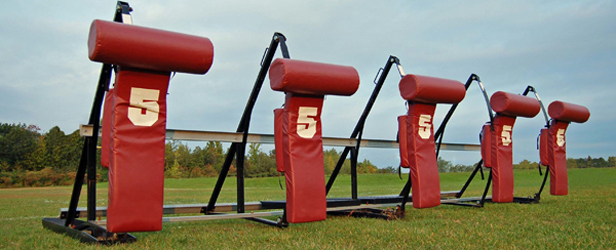
Frequently Asked Questions
How Many Goals Does a Midfielder Typically Score in a Season?
Midfielders play a crucial role in a team's performance, but the number of goals they typically score in a season varies. Factors such as their positioning, playing style, and the tactics employed by their team can influence their goal-scoring abilities. Strategies for increasing midfielders' goal-scoring abilities include improving their shooting technique, making forward runs into the box, and providing them with more opportunities to score.
What Are Some Common Fouls Committed by Midfielders?
Common fouls committed by midfielders include tripping, pushing, and holding opponents. These actions can result in disciplinary actions such as yellow cards or even red cards, depending on the severity of the foul.
Can a Midfielder Receive a Red Card for a Harsh Tackle?
A midfielder can receive a red card for a harsh tackle, which can have a significant impact on a team's performance. Midfielders play a crucial role in football, and their absence due to a red card can disrupt the team's strategy and balance on the field.
Are There Any Specific Rules Regarding the Positioning of Midfielders During a Corner Kick?
When it comes to the positioning of midfielders during a corner kick, there are specific strategies and defensive responsibilities that they should adhere to. These guidelines ensure effective coverage and support for the team.
What Are the Consequences for a Midfielder Receiving Two Yellow Cards in a Single Match?
The consequences for a midfielder receiving two yellow cards in a single match result in disciplinary action. This could include being sent off with a red card and being suspended for the next match.




